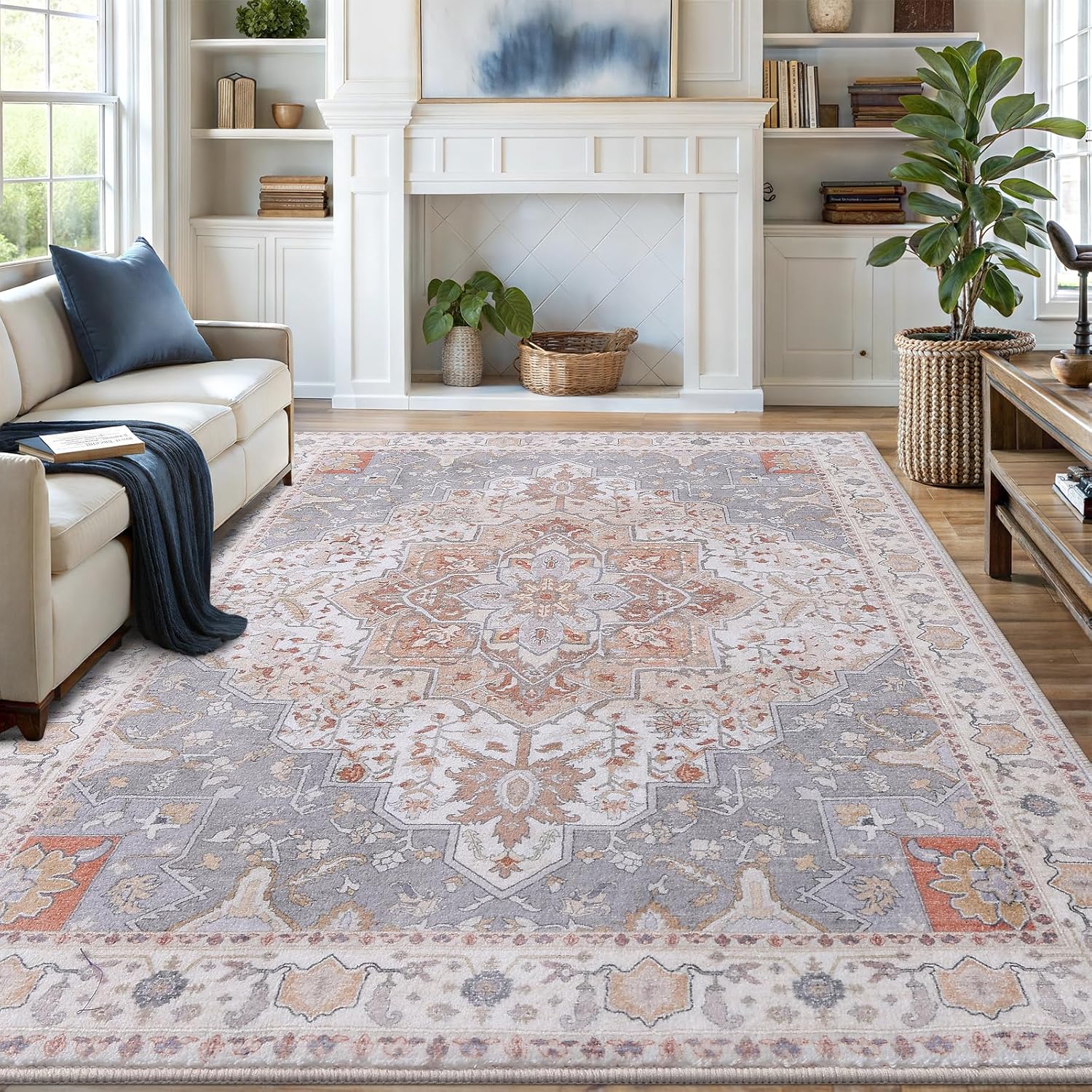Regularly inspect, clean, and repair floors in rental properties to ensure safety, enhance aesthetics, and maintain tenant satisfaction.
Proper floor maintenance is crucial for preserving your rental property’s value and keeping tenants happy. From daily cleaning to handling major damage, this guide covers everything landlords need to know about maintaining different flooring types in rental units.

Essential Floor Maintenance Responsibilities
Landlords must maintain safe, clean flooring that meets housing codes. Tenants must follow proper care guidelines to avoid damage. Clear expectations in the lease prevent disputes.
Landlord Responsibilities
- Install quality, durable flooring appropriate for each space
- Address structural flooring issues promptly
- Replace severely damaged flooring between tenants
- Provide proper cleaning instructions for each floor type
Tenant Responsibilities
- Follow manufacturer cleaning recommendations
- Report leaks or damage immediately
- Use protective pads under furniture
- Avoid harsh chemicals that damage finishes

Choosing the Right Flooring for Rentals
Select durable, low-maintenance flooring that withstands tenant use. Consider these top rental property options:
| Flooring Type | Pros | Cons |
|---|---|---|
| Luxury Vinyl Plank | Waterproof, scratch-resistant, affordable | Can dent under heavy furniture |
| Porcelain Tile | Extremely durable, easy to clean | Cold underfoot, grout requires maintenance |
| Engineered Hardwood | Attractive, can be refinished | Vulnerable to water damage |
Daily and Deep Cleaning Procedures
Routine Maintenance
Tenants should:
- Sweep/vacuum high-traffic areas daily
- Use appropriate vacuums for floor type
- Clean spills immediately to prevent stains
- Use gentle cleaners that won’t damage finishes
Professional Deep Cleaning
Schedule between tenants:
- Tile/grout steam cleaning
- Hardwood floor refinishing when needed
- Carpet shampooing
- Vinyl floor waxing/polishing
Handling Floor Damage in Rentals
Water Damage Protocol
Act quickly to prevent mold and structural issues:
- Identify and stop water source
- Remove standing water immediately
- Use fans/dehumidifiers to dry area
- Inspect subfloor for damage
- Replace damaged flooring
Repair vs Replace Decisions
Consider these factors:
- Extent of damage
- Flooring age and condition
- Cost comparison
- Tenant responsibility (if negligent)
Preventive Maintenance Tips
Entryway Protection
Install quality mats at all entrances to trap 80% of dirt before it reaches floors.
Furniture Protection
Require felt pads under all furniture legs to prevent scratches.
Seasonal Care
Adjust cleaning for winter salt/sand and summer moisture tracking.
Flooring Maintenance by Type
Hardwood Floors
- Use hardwood-safe vacuums
- Avoid excessive water when mopping
- Refinish every 3-5 years in high-traffic rentals
Tile Floors
- Seal grout annually
- Use pH-neutral cleaners
- Consider steam mops for deep cleaning
Carpet
- Professional clean between tenants
- Choose stain-resistant commercial-grade carpet
- Replace every 5-7 years
Documenting Floor Condition
Protect yourself with thorough documentation:
- Photograph floors before move-in and after move-out
- Note existing damage in lease agreement
- Keep receipts for all flooring maintenance

